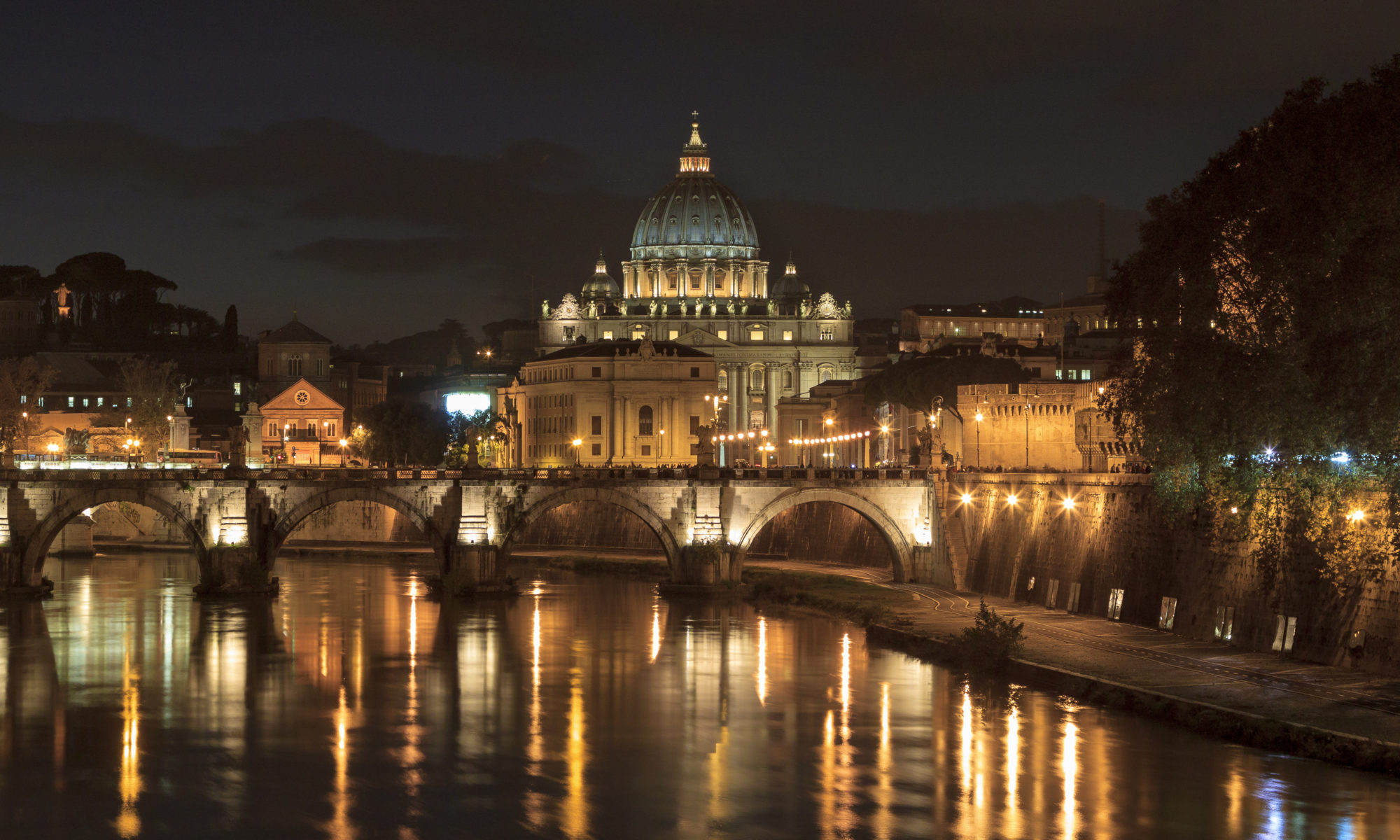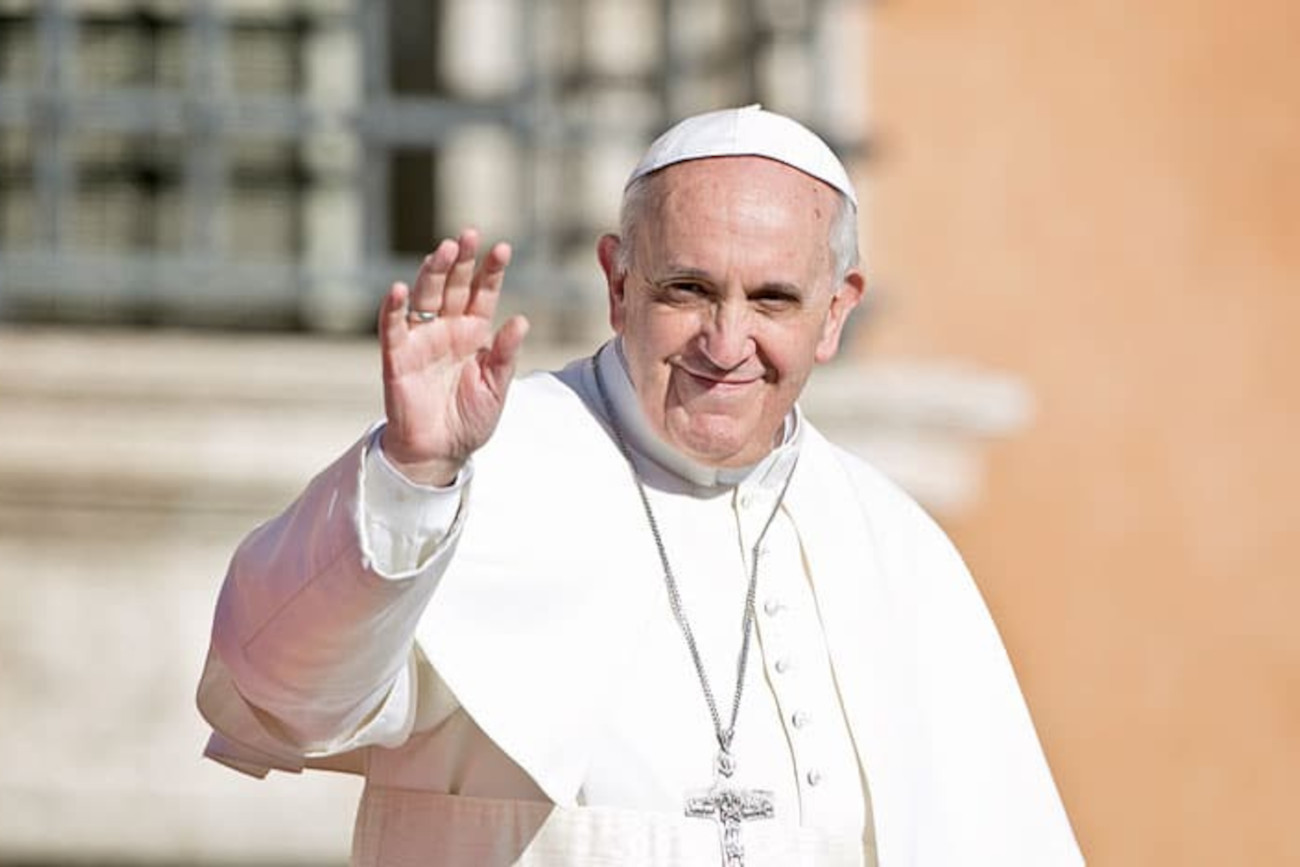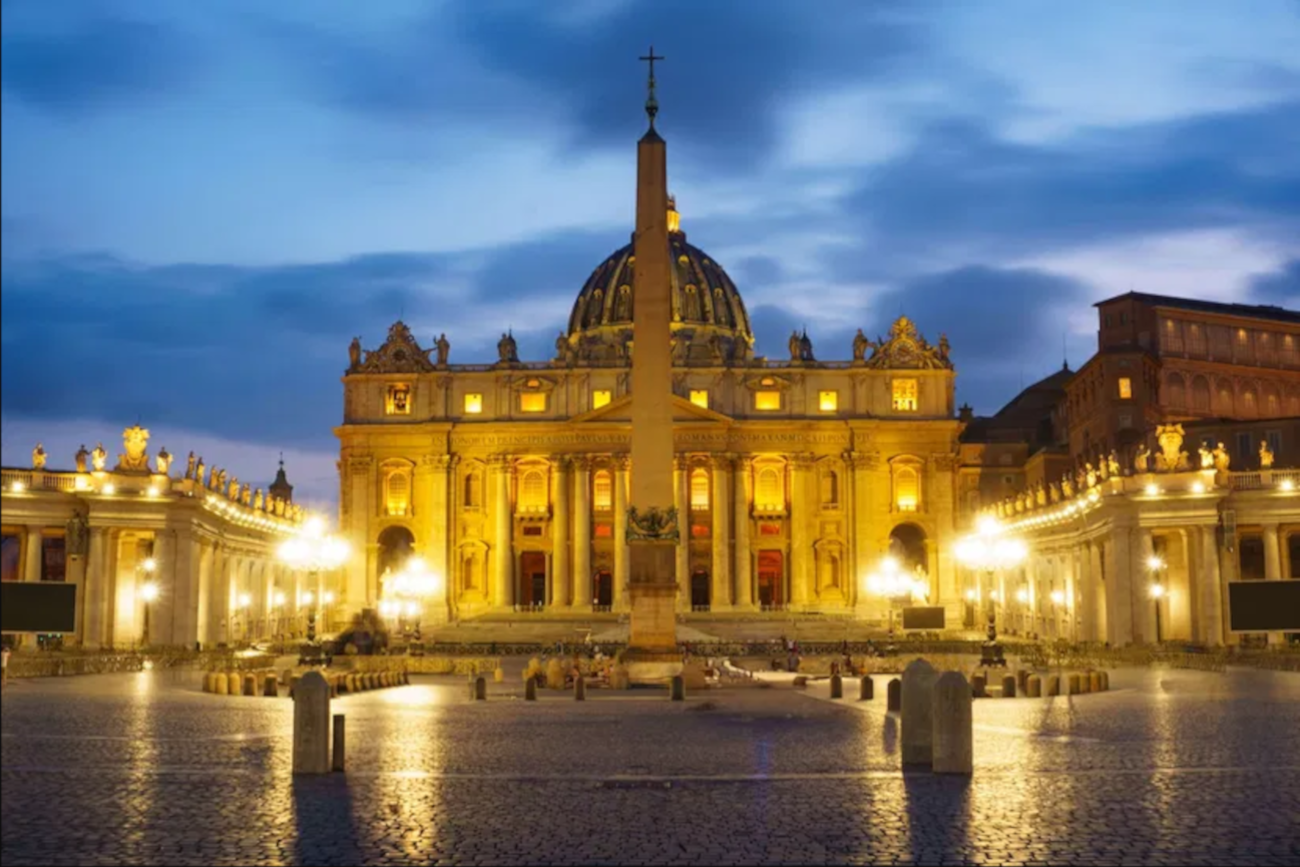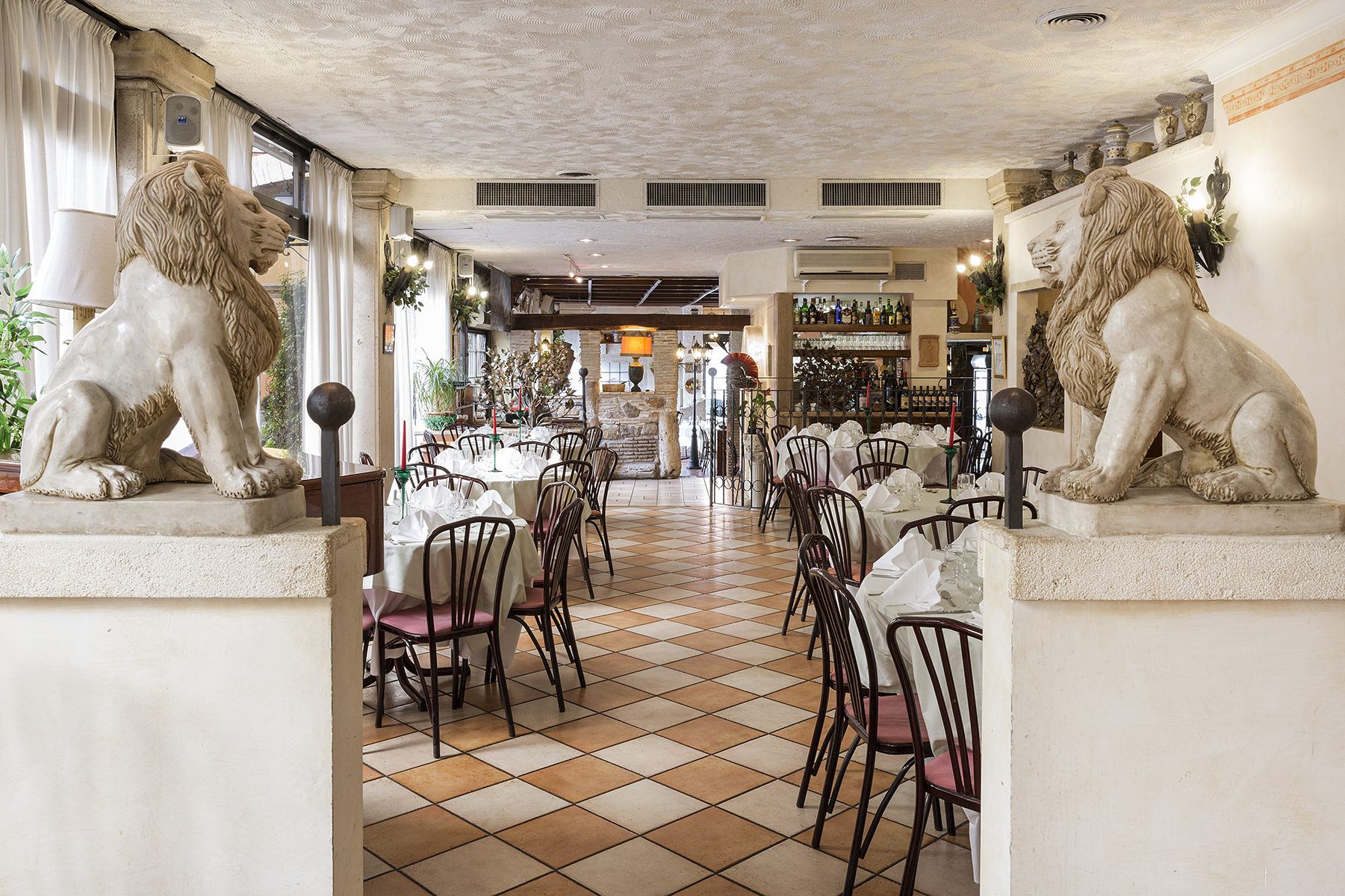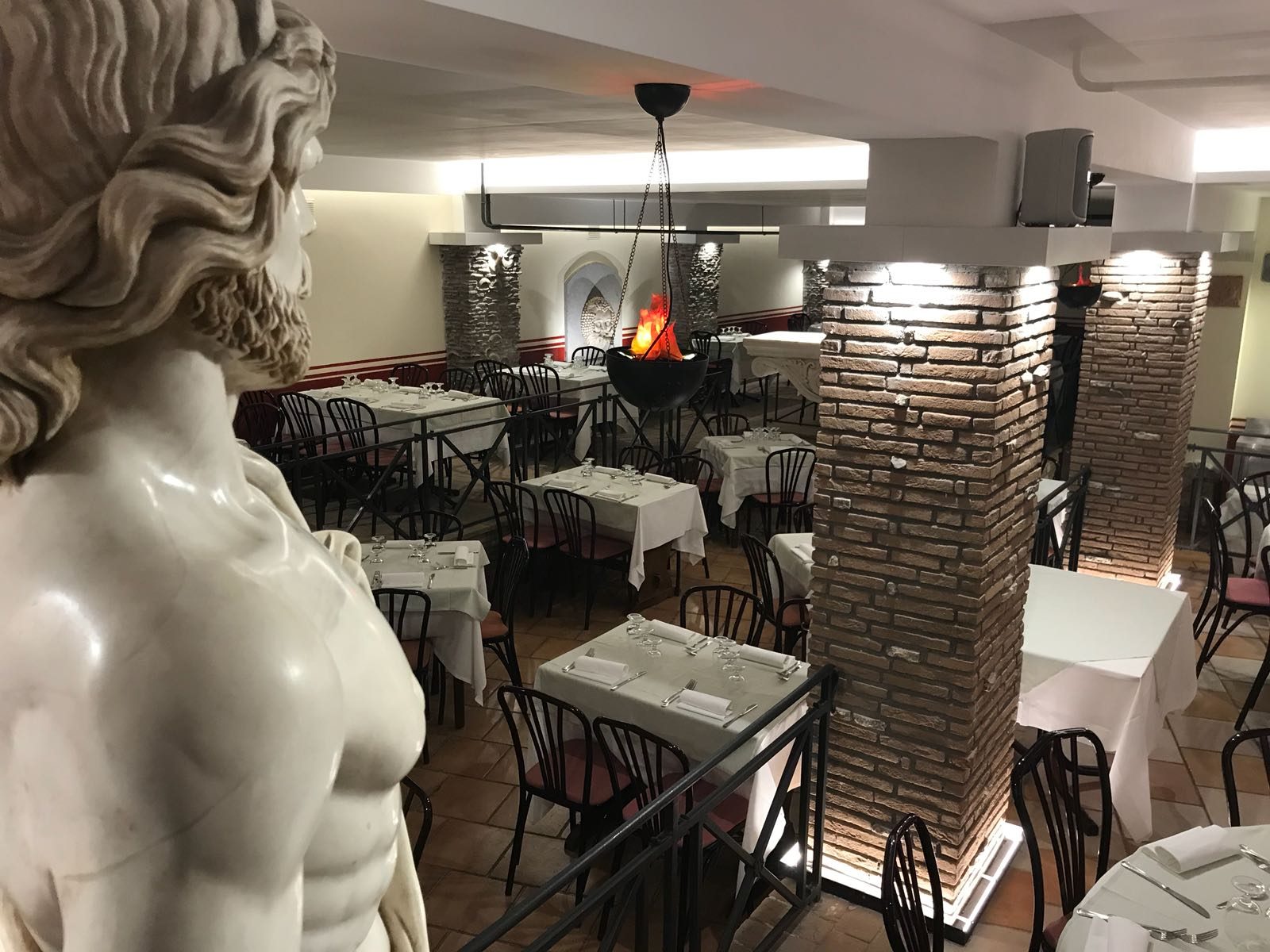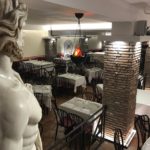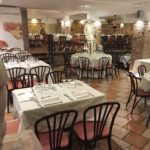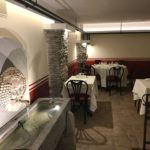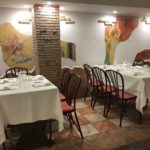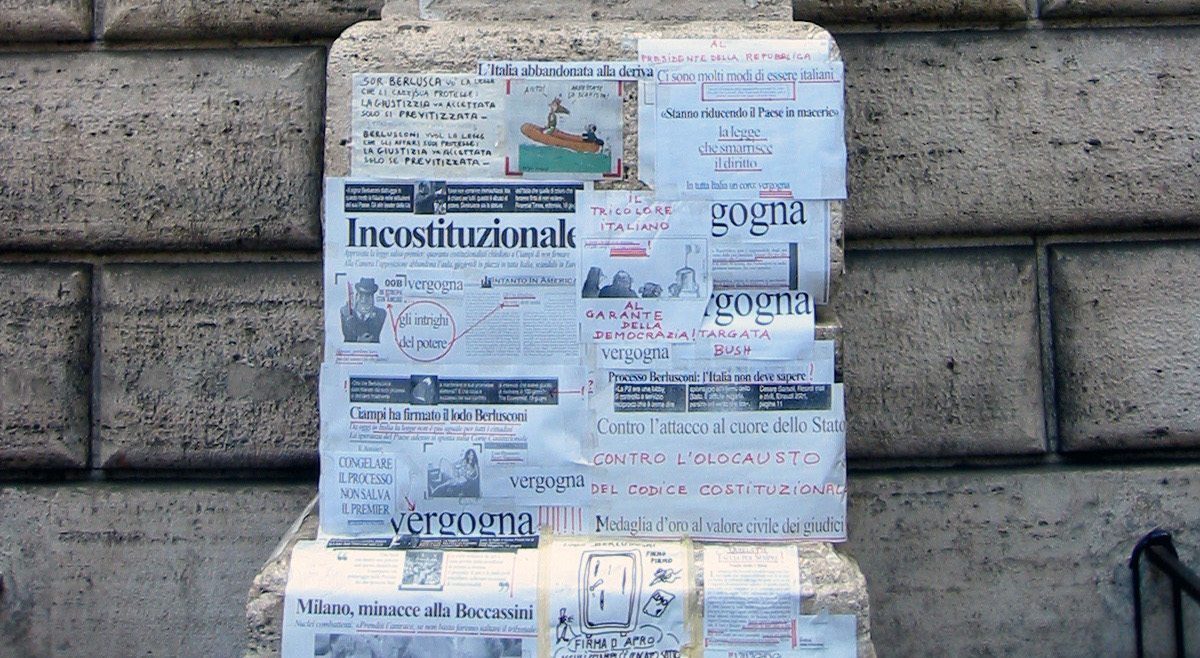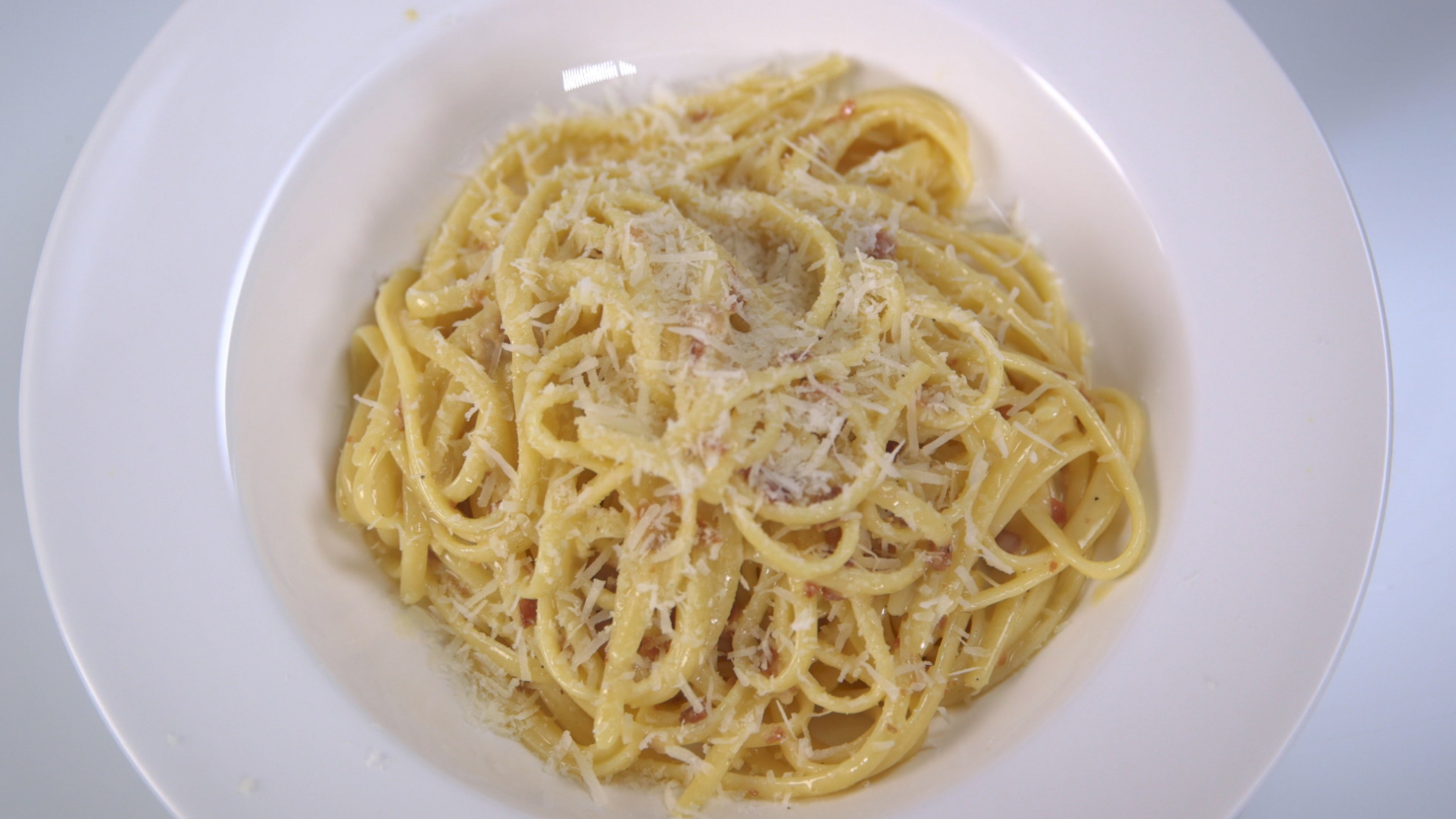L’ultimo saluto a un Pontefice rivoluzionario
Per leggere l’articolo completo sul Giubileo clicca sul link “Il Giubileo : Un Viaggio tra Storia, Fede e Speranza” disponibile a fondo testo.
Il 21 aprile 2025, alle ore 7:35, Papa Francesco si è spento nella sua residenza di Casa Santa Marta, in Vaticano, all’età di 88 anni. La notizia ha scosso il mondo intero, suscitando un’ondata di cordoglio e riflessioni sulla sua figura e sul suo pontificato. La sua morte, sopraggiunta dopo un periodo di salute fragile, segna la fine di un’era per la Chiesa cattolica. I funerali verranno celebrati il 26 aprile in Piazza San Pietro.
Un pastore venuto dalla fine del mondo
Jorge Mario Bergoglio, nato a Buenos Aires il 17 dicembre 1936, ha segnato la storia della Chiesa cattolica fin dalla sua elezione al soglio pontificio il 13 marzo 2013. Primo papa latinoamericano e primo gesuita, ha portato con sé una ventata di novità, incarnando uno stile pastorale umile e vicino alla gente. Il suo pontificato è stato caratterizzato da una forte attenzione ai temi della giustizia sociale, della tutela dell’ambiente (enciclica Laudato si’, 2015) e del dialogo interreligioso. Ha promosso riforme significative all’interno della Chiesa, con l’obiettivo di renderla più inclusiva e missionaria. Tra i momenti salienti, si ricordano i suoi viaggi in luoghi di conflitto e periferie del mondo, i suoi appelli alla pace e alla solidarietà, e le sue aperture verso i fedeli divorziati e risposati (esortazione apostolica Amoris laetitia, 2016).
Il futuro della Chiesa: il prossimo conclave
Con la morte di Papa Francesco, la sede apostolica è vacante. Secondo la tradizione, il conclave per l’elezione del nuovo Pontefice si svolgerà nella Cappella Sistina, a partire da circa 15-20 giorni dopo la morte del papa. I cardinali elettori, provenienti da tutto il mondo, si riuniranno in preghiera e riflessione, cercando di discernere la volontà dello Spirito Santo. L’attenzione è rivolta ai possibili successori, con cardinali provenienti dall’Africa, dall’Asia e dall’America Latina che potrebbero avere un ruolo di primo piano. Il prossimo Pontefice erediterà una Chiesa in trasformazione, chiamata a rispondere alle sfide del mondo contemporaneo, continuando il cammino di rinnovamento e dialogo intrapreso da Papa Francesco.
